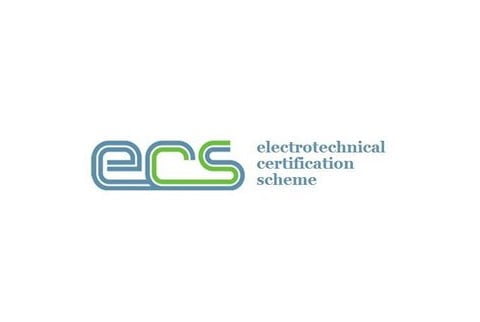What are CPCS site safety requirements
CPCS site safety requirements are the health and safety standards that CPCS card holders must follow when working on construction sites. They include:
- Passing the CITB Health, Safety and Environment (HS&E) test or an approved alternative within two years before applying for or renewing a CPCS card Requirements for cpcs health and safety
- Following the safe systems of work and risk assessments provided by the employer or site manager
- Wearing appropriate personal protective equipment (PPE) such as hard hats, gloves, boots, high-visibility clothing etc.
- Checking and maintaining plant equipment or machinery before and after use
- Reporting any defects, damages or accidents to the supervisor or employer
- Cooperating with other workers and site personnel to ensure a safe working environment
- Attending any relevant training or refresher courses as required by the employer or CPCS scheme Cpcs course advantages
Why are CPCS site safety requirements important
CPCS site safety requirements are important because they help ensure that:
- You have sufficient knowledge and skills to operate plant equipment or machinery safely and efficiently Cpcs plant categories
- You can avoid potential hazards and prevent accidents that could harm yourself or others
- You can comply with the legal requirements and industry standards for health and safety
- You can improve your employability and career prospects in the construction sector How to get a cpcs card
- You can reduce the costs of injuries, illnesses, damages and lawsuits for your employer
How can you benefit from CPCS site safety training
CPCS site safety training is an essential part of meeting the CPCS site safety requirements. By undergoing adequate training from an accredited provider Cpcs scheme operator training, you can benefit from:
- Gaining relevant knowledge and skills to operate plant equipment or machinery according to industry standards
- Learning how to identify and control risks on construction sites
- Preparing for your CITB HS&E test Requirements for cpcs health and safety and your CPCS theory tests How to prepare for cpcs theory test and practical tests with confidence
- Updating your knowledge on current legislation and best practices for health and safety
What are CPCS site safety best practices
CPCS site safety best practices are the recommended actions and behavior’s that CPCS card holders should follow when working on construction sites. They include:
- Planning ahead and conducting risk assessments for each task or activity
- Communicating effectively with other workers and site personnel
- Following the instructions and guidance of the supervisor or employer
- Using the correct plant equipment or machinery for each job
- Checking and reporting any signs of wear or damage on plant equipment or machinery
- Operating plant equipment or machinery within its safe working limits
- Keeping a safe distance from other plant equipment or machinery and avoiding blind spots
- Securing loads properly and avoiding overloading or unbalancing plant equipment or machinery
- Parking plant equipment or machinery safely and applying brakes when not in use
- Switching off engines and removing keys when leaving plant equipment or machinery unattended
Conclusion
CPCS site safety requirements are the health and safety standards that CPCS card holders must follow when working on construction sites. They help ensure that they have sufficient knowledge Cpcs test theory and skills Cpcs scheme operator training to operate plant equipment or machinery safely Cpcs practical test [and efficiently Cpcs plant categories. They also help improve their employability How to get a cpcs card [and career prospects in the construction sector.
To meet CPCS site safety requirements, CPCS card holders need to pass both CITB HS&E tests (or approved alternatives) Requirements for cpcs health and safety and demonstrate continued professional development How to renew cpcs card.
To prepare for CPCS site safety requirements, CPCS card holders should undergo adequate training from an accredited provider who will teach them how to operate different types of plant equipment or machinery according to industry standards. They should also use various online resources such as mock tests, revision materials or smartphone apps to help them revise for their CITB HS&E tests.
By following these steps, they can achieve a high level of health and safety in construction and become a skilled plant operator with a valid CPCS card.The role of a cpcs tester




